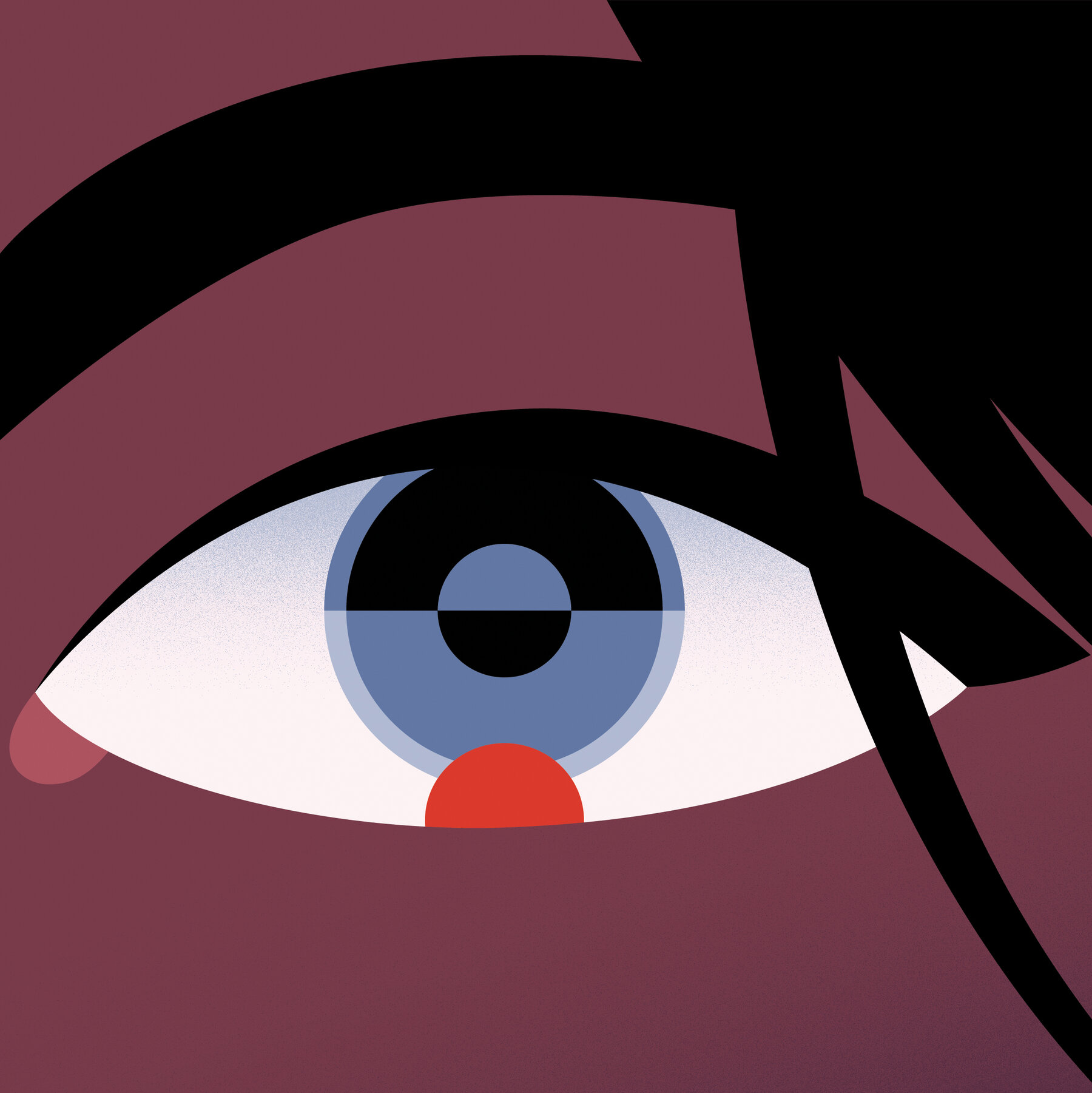With Klara and the Sun, Ishiguro’s eighth book, it appears that he is putting the secret of repeating the theme of his thoughts to light a little more. This genius novel explores what it means to be not-quite-human once more, pulling its strength from the unimaginable valley’s deepest shadows.

Klara is an artificial friend – an android purchased by adults to obtain emotional support for their adolescent children, who are home-schooled by “computer lecturers” in the book’s contaminated and fearful future America. Josie, a frail young lady with a disease that may consume her as it did her sister, chooses Klara.
The reader is immediately engulfed in the first-person view of a robot. Ishiguro is not so much a stylist as he is a master of creating dramatic incidents, both revelations and twists. The voice is so unobtrusive, so endearing in its honesty and simplicity, that it functions without interruption.

Klara and the Sun is an enthralling novel that examines our changing things from the perspective of an enduring narrator, as well as the basic question, “What does it mean to love?”
Klara’s expression, her sense — if an Artificial Friend can have such a thing — is innocent and passionate, somewhat like a therapy dog. The subject as to whether Klara has “sensibility” is vital herein, as it was in Kazuo Ishiguro’s 2005 novel, Never Let Me Go, in which the young female protagonist is a replica.



